The experiment “Magnetic field” just gives the raw data from the phone’s magnetometer. On most phones you can switch between calibrated and uncalibrated data in the menu.
Archives: Experiments
Please accept YouTube cookies to play this video. By accepting you will be accessing content from YouTube, a service provided by an external third party.
If you accept this notice, your choice will be saved and the page will refresh.
Set up a bunch of magnets as marker, so you can use this experiment to measure the speed and distance while moving along these magnets.
Calculates and displays the FFT of magnetometer data. The strongest frequency is given as well.
Measure the time between two or more acceleration events. This uses the accelerometer to trigger a stopwatch by (small) mechanic shocks.
Use the light sensor to measure times. You can set a threshold and determine the duration of brighter/darker states or the time between two bright/dark states.
Please accept YouTube cookies to play this video. By accepting you will be accessing content from YouTube, a service provided by an external third party.
If you accept this notice, your choice will be saved and the page will refresh.
Measure the frequency of a pendulum on a string. You can determine the gravity constant this way.
The experiment “Pressure” just gives the raw data from the phone’s barometer.
Matthias Troiber has sent us an entire series of worksheets, which are currently available in German only.
The smartphone is placed in a (tightly inflated) plastic bag. Through the pressure sensor, you can determine the changes in pressure when differen weights are placed on the bag.
This experiment was shown to us by Holger Jessen-Thiesen (Twitter), who also provided a worksheet in German, which has been translated by Solmaz Khodaeifaal (Simon Fraser University). The link at the top refers to a PDF version, but you can also use this docx file to adapt it to your needs.
Use the proximity sensor to measure times. You can determine the duration of close/far states or the time between two close/far states.
Please accept YouTube cookies to play this video. By accepting you will be accessing content from YouTube, a service provided by an external third party.
If you accept this notice, your choice will be saved and the page will refresh.
Put your phone into a paper roll and use the gyroscope to determine its speed.
This experiment is no longer available on iOS! (details)








